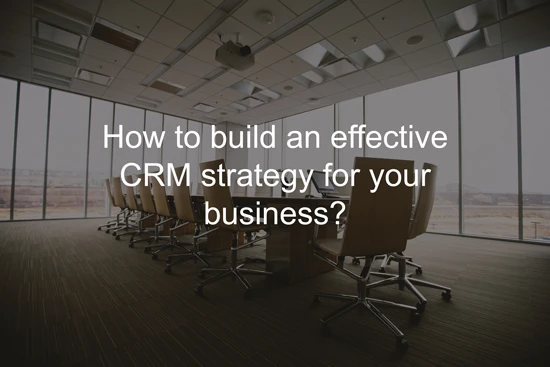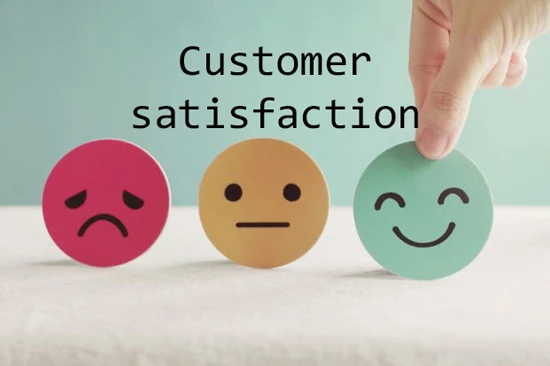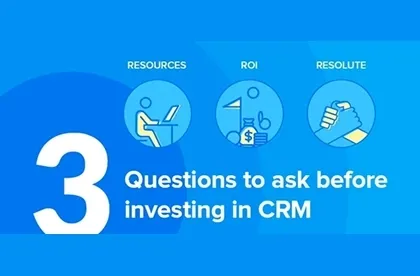CRM, using effective and efficient marketing, strengthens the customer-centric foundation of an organization. In fact, CRM is the next big thing in marketing, significantly improving our business.
The performance of marketing and its implementation within the CRM structure yields positive results. Today, CRM-related marketing strategies like direct marketing, internet marketing, email marketing, etc., have become highly efficient and noteworthy. These marketing strategies are more promising and responsive compared to traditional methods, as they help deliver higher performance and a more effective business in the market. These structures also help reduce response times and minimize personnel's physical time in marketing campaigns, reduce advertising costs relative to asset value, and contribute to increased organizational investments.
Benefits of using eCRM:
- Reduced advertising costs; one-to-one communication in an internet-based environment is the most successful form of advertising. Providing a virtual communication environment for sharing customer experiences is the best example, which can reduce the ancillary costs of advertising.
- Increased customer retention rate.
- Facilitates focusing on specific customers by concentrating on their needs.
- Enables organizations to compete on the basis of service, not price. Organizations should adopt the perspective that customers are not targets but assets that need to be nurtured and grown.
- Increased customer loyalty and satisfaction; personalization is one tool organizations can use to increase customer loyalty. Retaining a loyal customer in the long term is more profitable than acquiring new customers.
- Reduces the time spent between product production and sales.
- Increases customer interaction and contact, improving adaptation to their needs. Organizations have found that they need to choose more methods and channels that allow them to access different segments of customers. Some of them have turned to customer relationship management and want to know what their customers want so they can tailor their production and marketing accordingly.
- Enables identification of customer consumption patterns; the goal is to determine complementary offers that the customer desires.
- Increased organizational revenue and profitability. Research shows a direct correlation between customer satisfaction and profitability, so managers should constantly measure customer satisfaction levels and the performance of developmental programs, and push the organization's capabilities beyond the expectations of targeted customers.
- Reduces lost opportunities and costs. Research has shown that acquiring a new customer is six times more expensive than retaining an existing one.
- Enhances company brand.
- Preserves organizational knowledge.
- Reduces rework.




